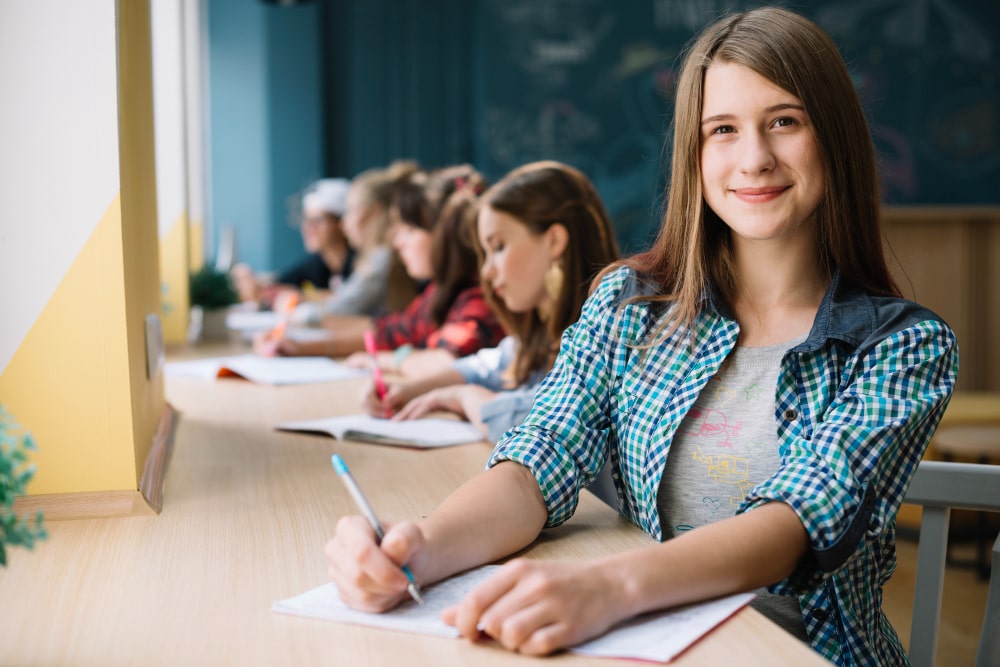Are you looking for ways to help children succeed in school as part of their early childhood education? If yes, you’re at the right place.
As a teacher, you play a vital role in children’s education. It’s no secret that learning can be challenging for kids, but there are things you can do to help make it easier and more enjoyable for them.
In this blog post, we’ll explore some practical tips and strategies that you can use to enhance their learning experience in the classroom. Read on.
Introducing Games in the Classroom
By leveraging game elements such as points, levels, and rewards, teachers can create a more immersive and engaging learning experience for students.
Gamification can enhance student motivation and involvement by introducing a competitive and interactive element to the classroom. It also encourages students to take ownership of their learning by providing a sense of achievement and progression as they advance in the learning process.
By harnessing the potential of games, teachers can create a classroom environment that effectively promotes learning and fosters a fun and engaging learning experience that encourages students to participate actively.
Encouraging Student-led Discussions
Encouraging student-led discussions allows students to take ownership of their learning and participate in meaningful conversations with their peers.
To implement this approach, teachers can create a safe and inclusive classroom environment where students feel comfortable expressing their opinions and ideas.
Teachers should also provide clear guidelines for the discussion, including specific topics or questions and expectations for participation. During the discussion, the teacher should shift from leading to facilitating, allowing students to take charge of the discussion.
This approach enhances critical thinking and communication skills and fosters a sense of community within the classroom, making learning a collaborative and enjoyable experience for everyone.
Using Multimedia Materials to Enhance Learning
Multimedia utilises multiple mediums, including graphics, audio, video, and interactive materials, to present information.
It attracts students of different visual, auditory, and kinesthetic learning styles and keeps them engaged throughout the class. Educators can use multimedia gadgets to complement their lessons or conduct interactive activities that help students improve their critical thinking and problem-solving skills.
When implemented effectively, multimedia materials can make learning an enjoyable and interactive experience for students, making the classroom more engaging.
Conducting Interactive Activities
Studies have shown that students are more likely to retain information and stay focused during class when actively involved in learning. Quizzes and puzzles can reinforce concepts taught in class or introduce new material in a fun, engaging way.
Teachers can create interactive quizzes that allow students to answer questions in a limited time using their learning and cognitive skills, making the learning experience more dynamic and engaging.
Similarly, puzzles can be incorporated into lessons to help students develop critical thinking and problem-solving skills while making the learning experience more enjoyable.
By incorporating these interactive activities into the classroom, teachers can help keep students engaged and motivated, resulting in a more positive and productive learning environment.
Final Words
There are numerous innovative approaches that teachers in Singapore international schools can use to engage students in the classroom, all while making learning fun.
From gamification to project-based learning to hands-on activities, there is no shortage of ways to encourage student engagement and motivation.
By implementing these approaches, educators can foster a positive learning environment and empower students to explore their full potential.
















